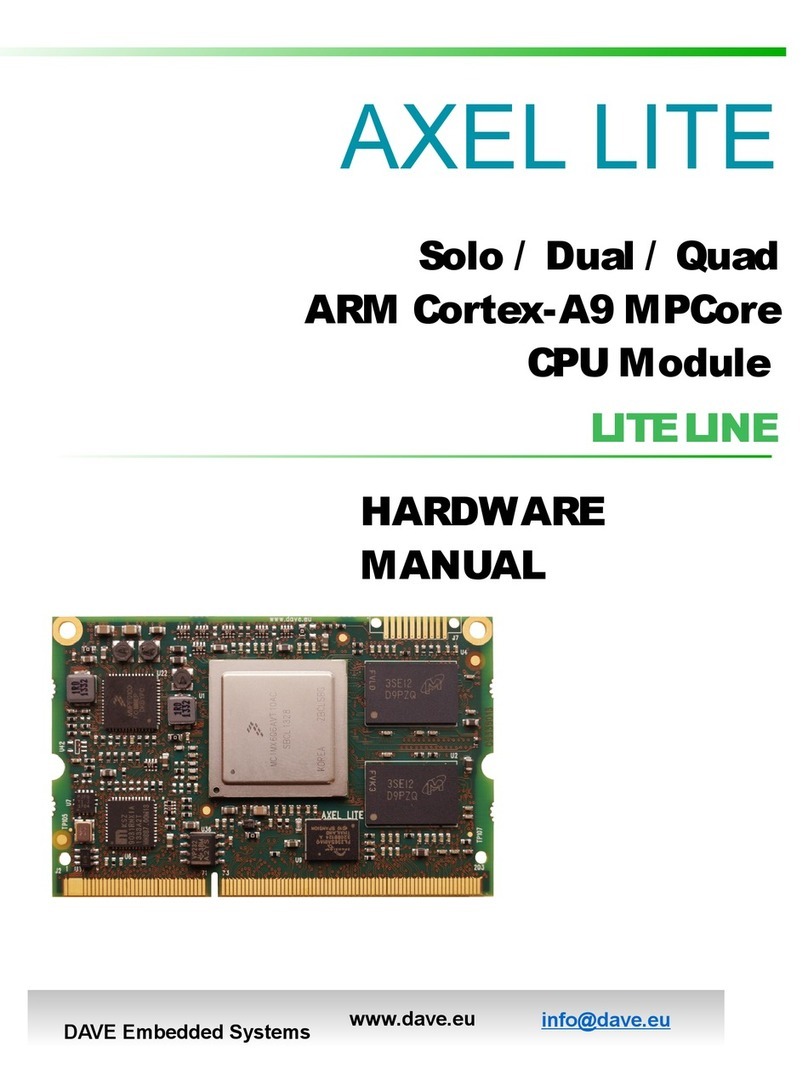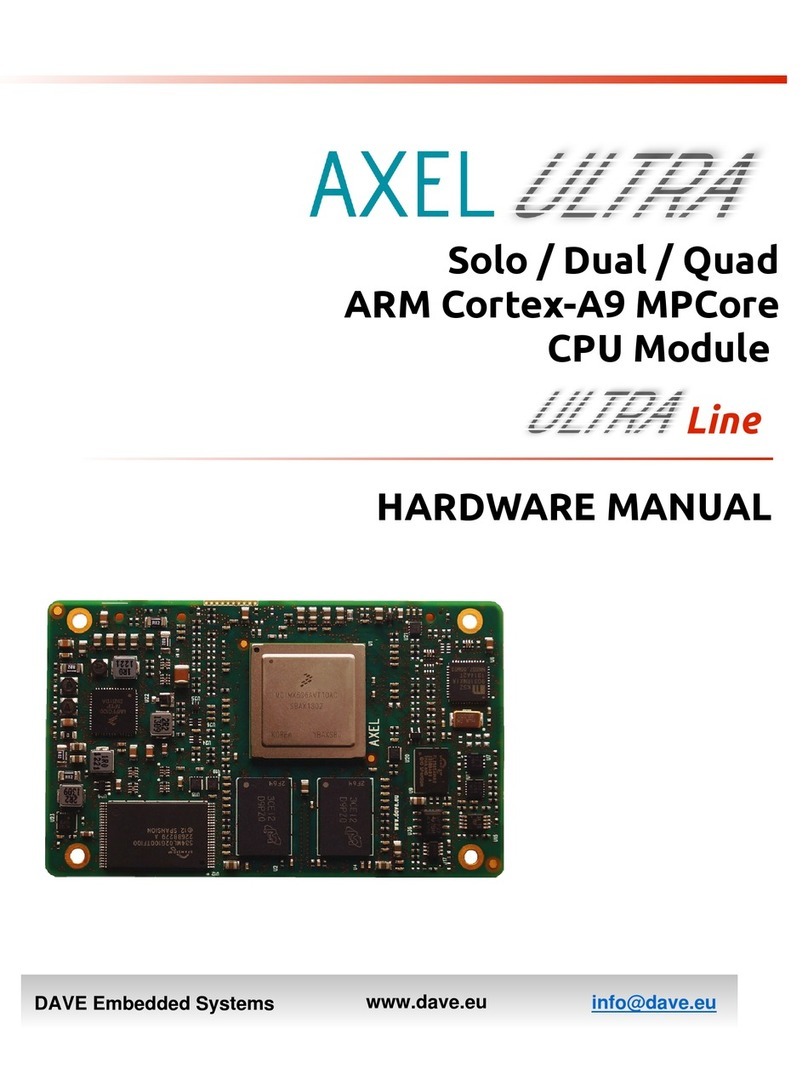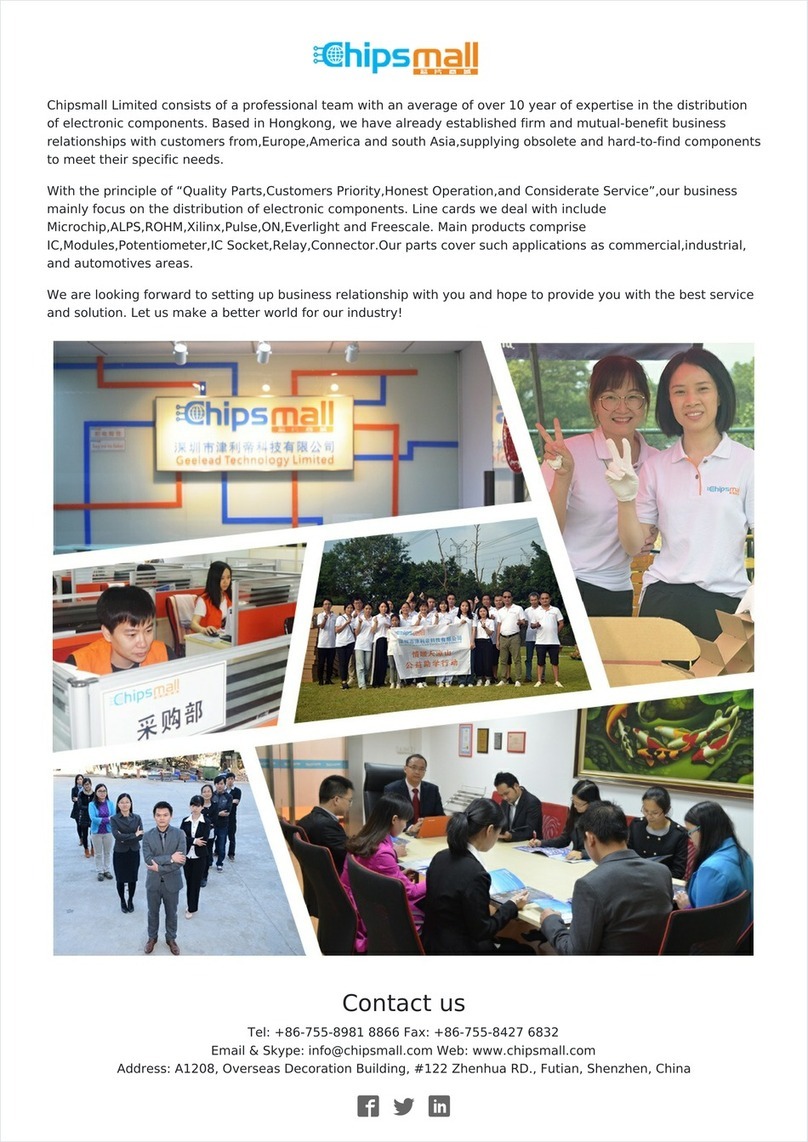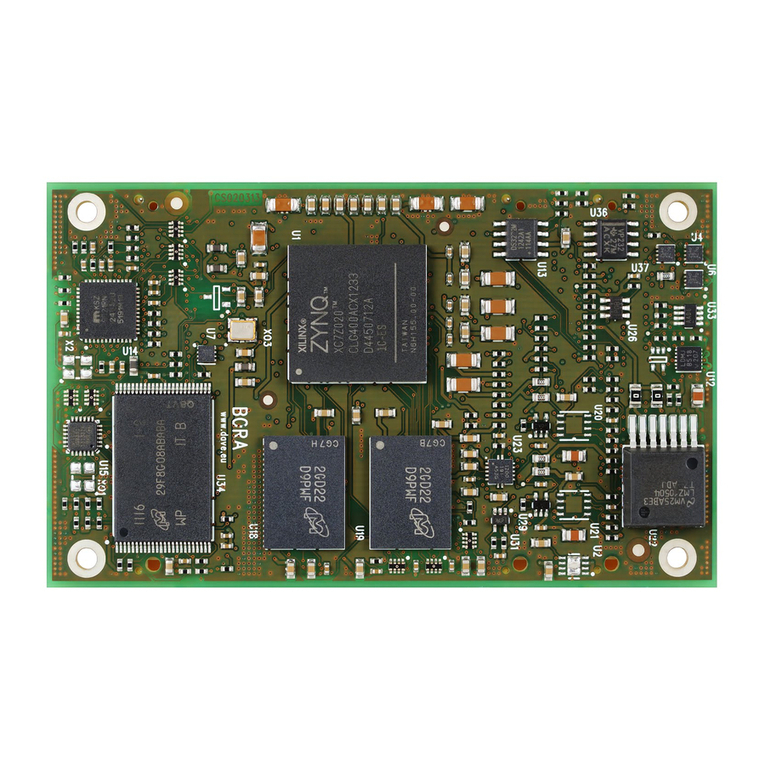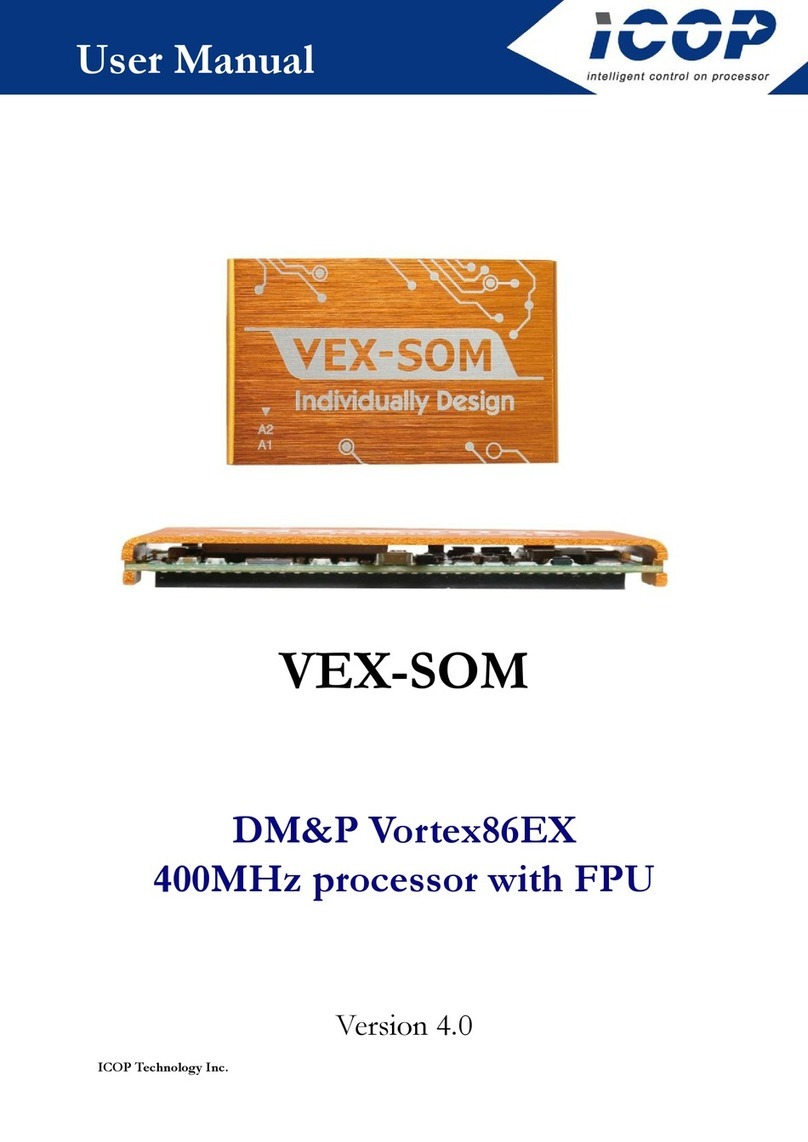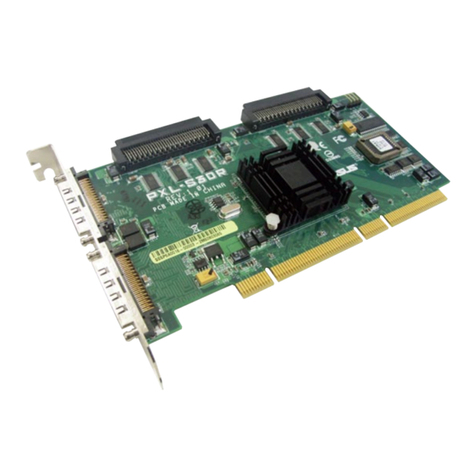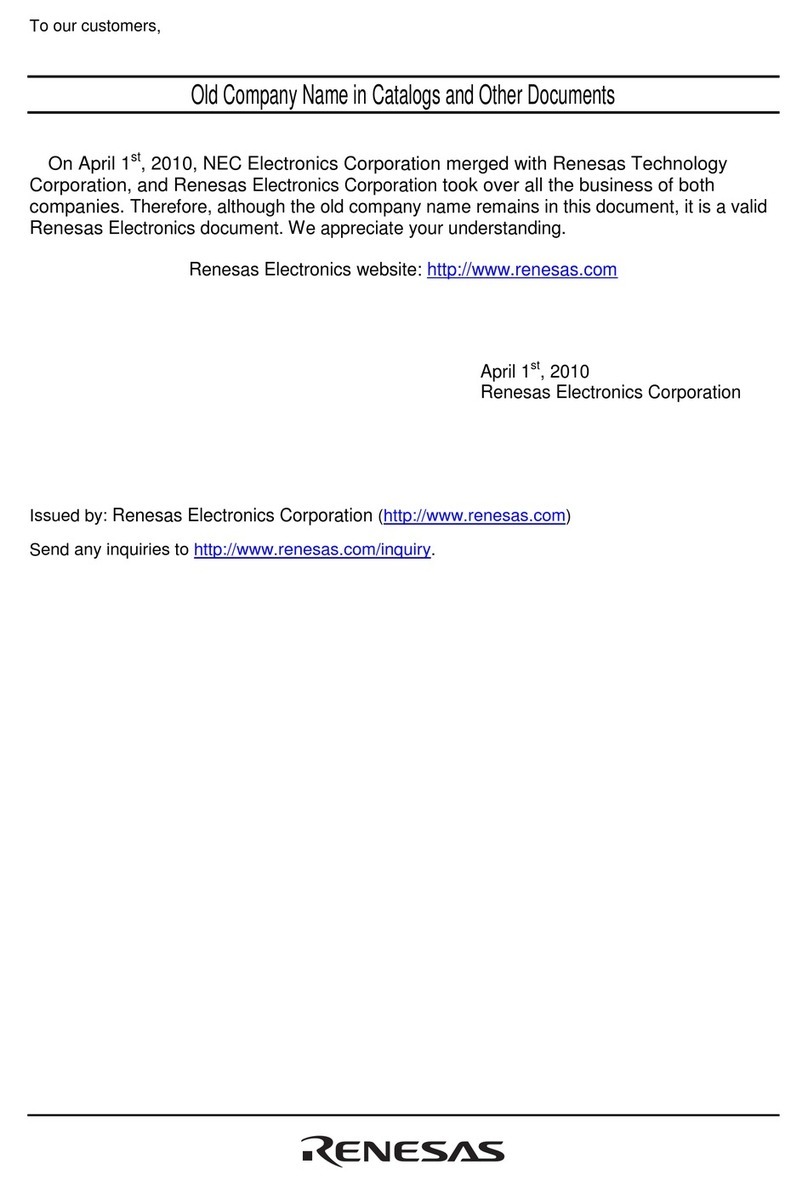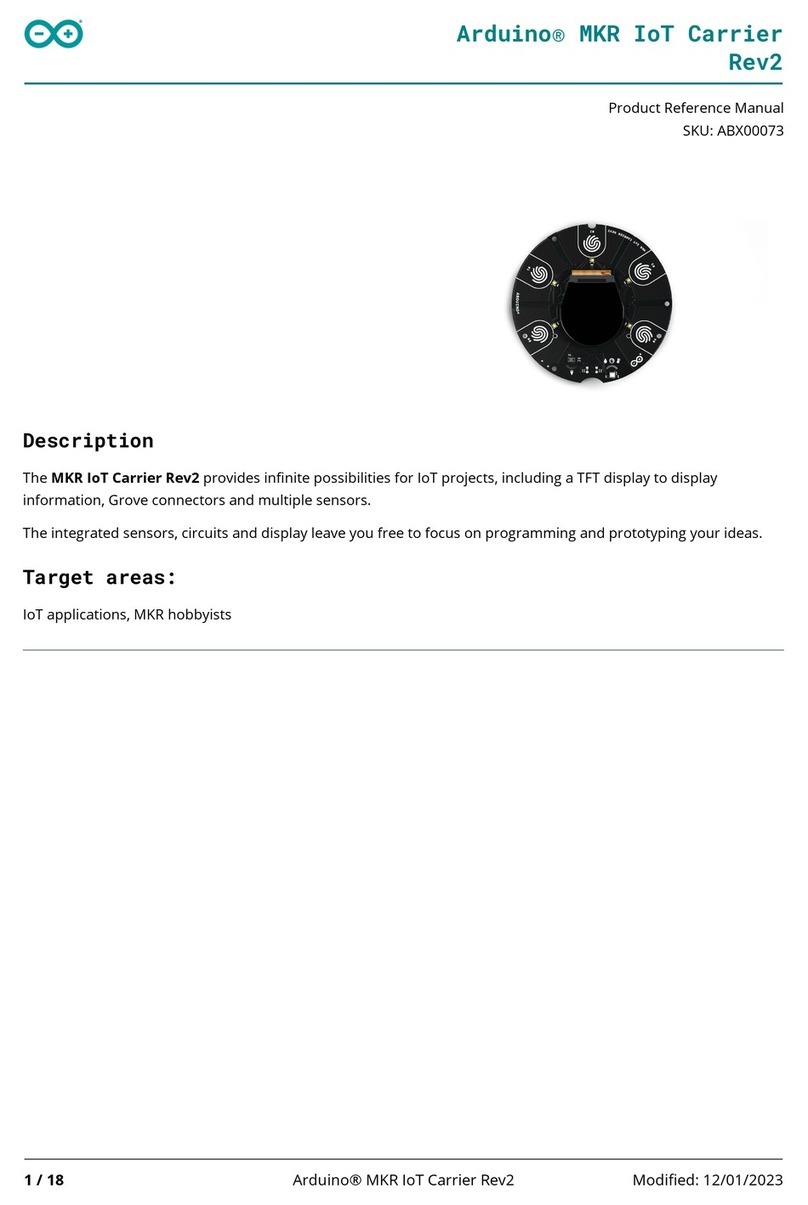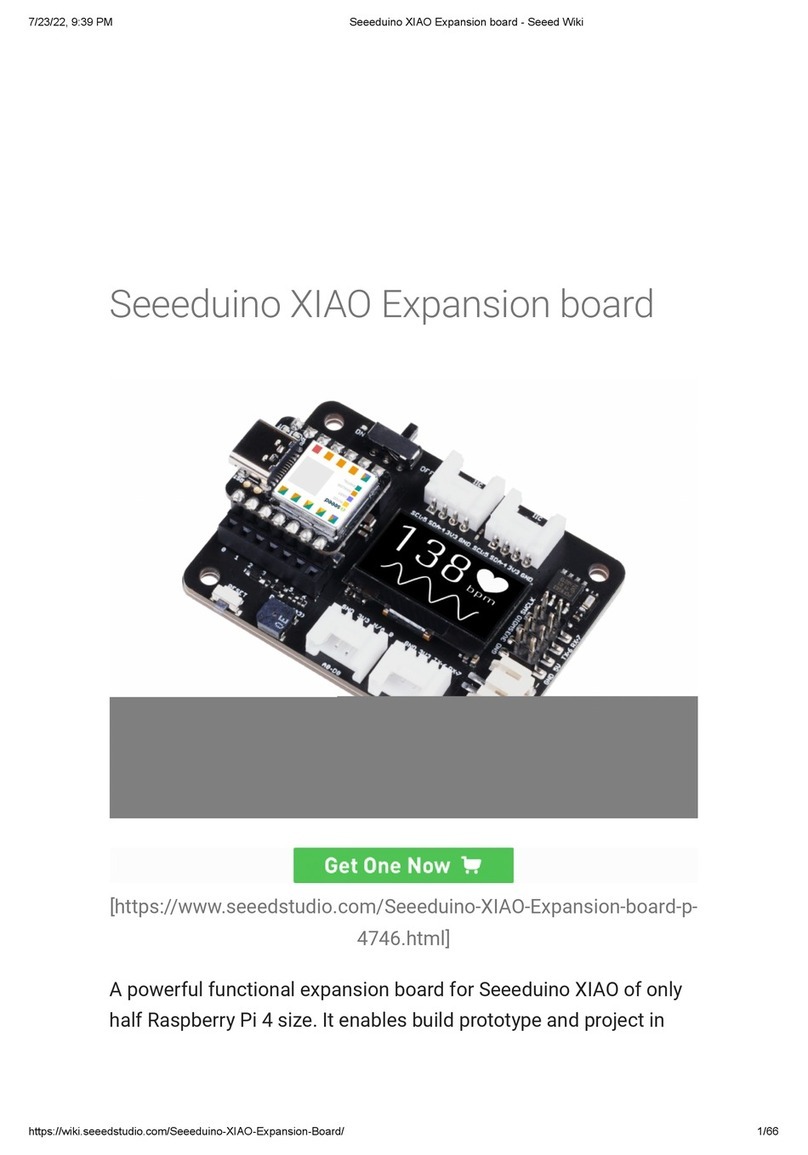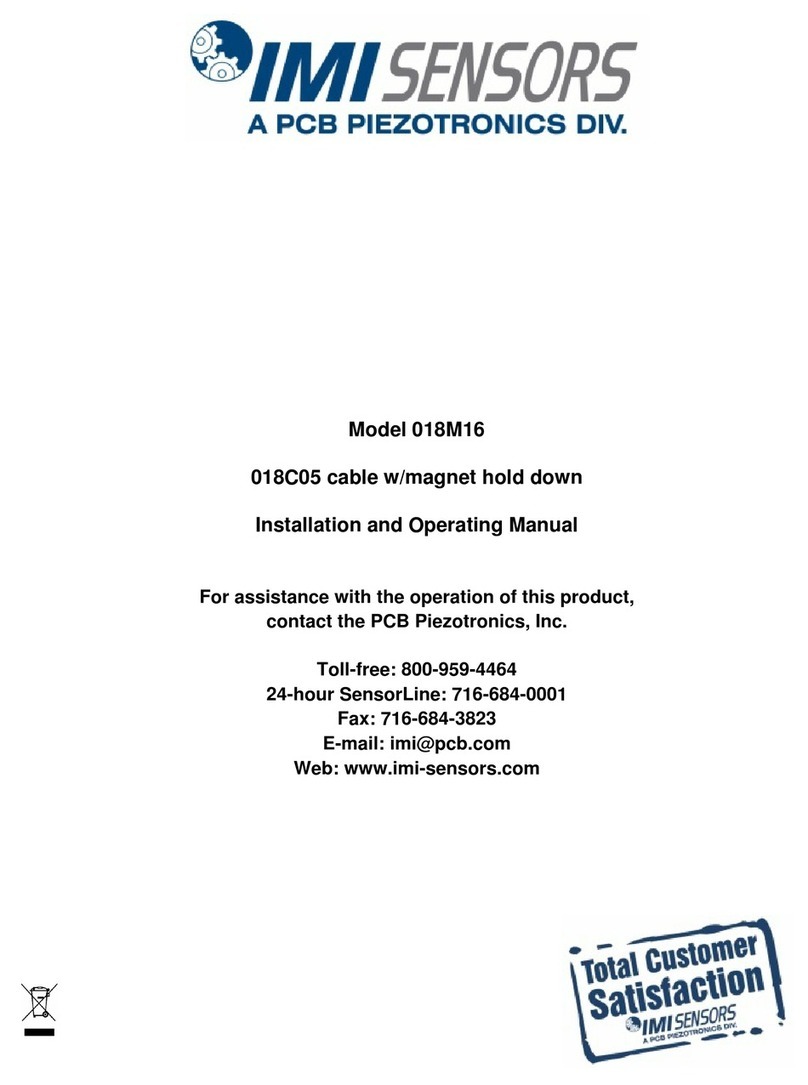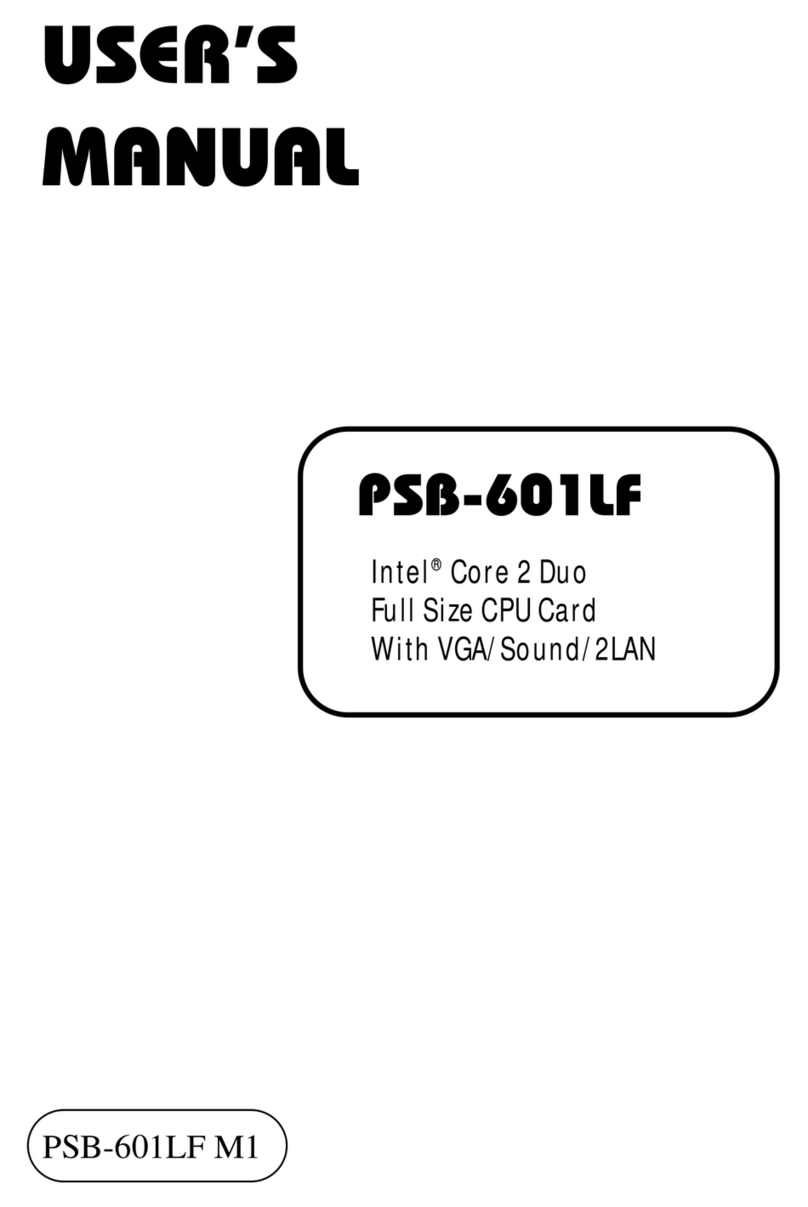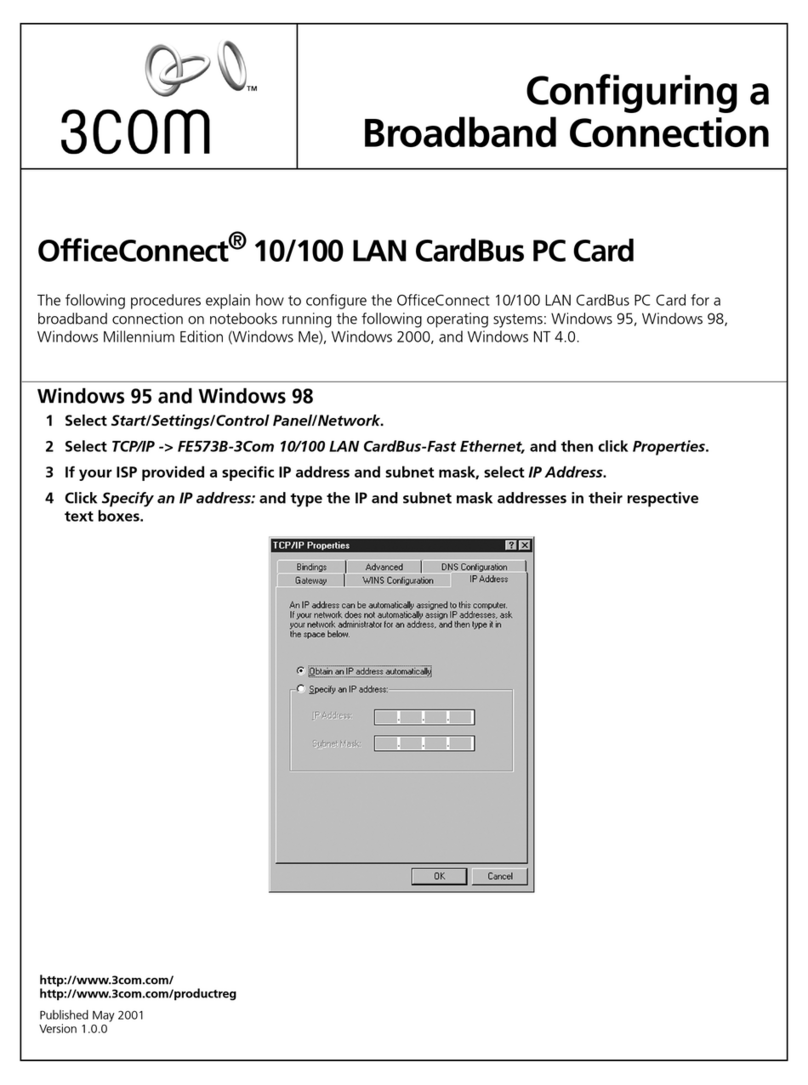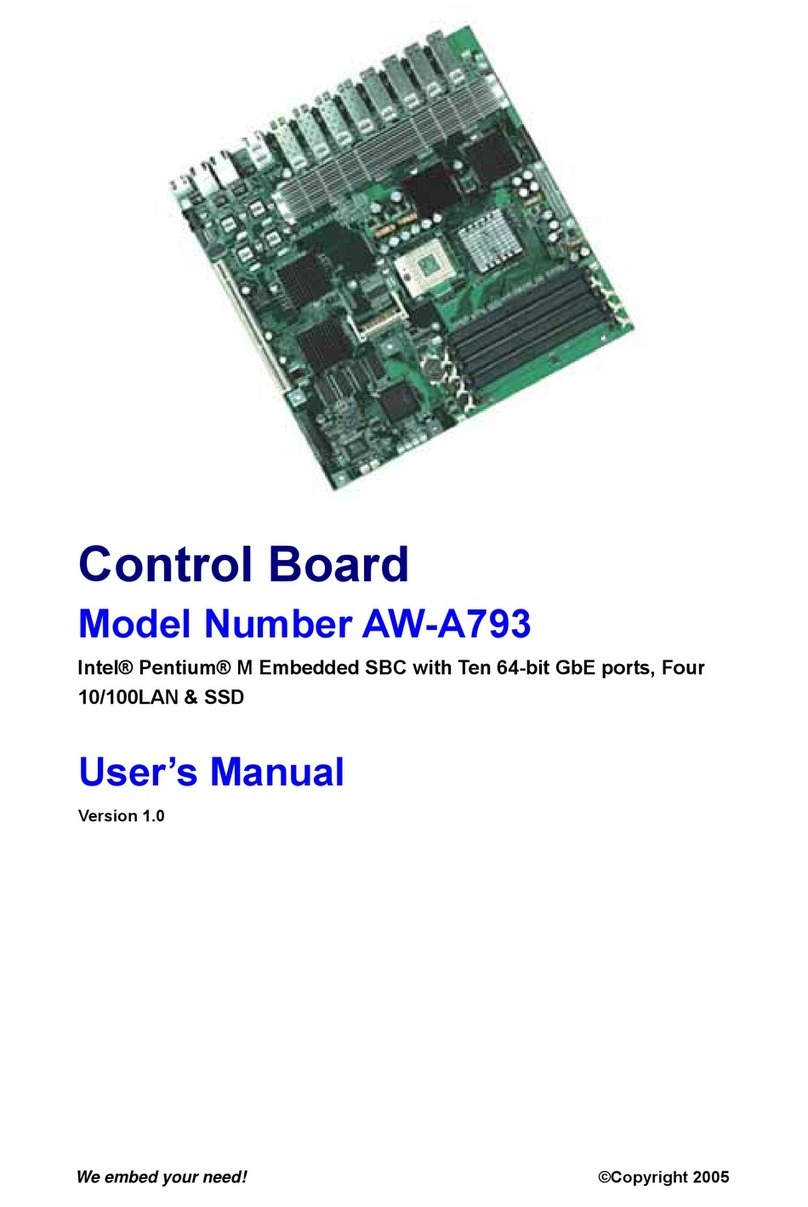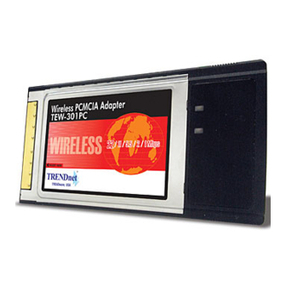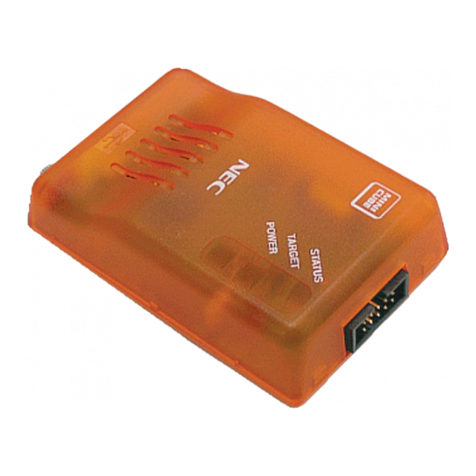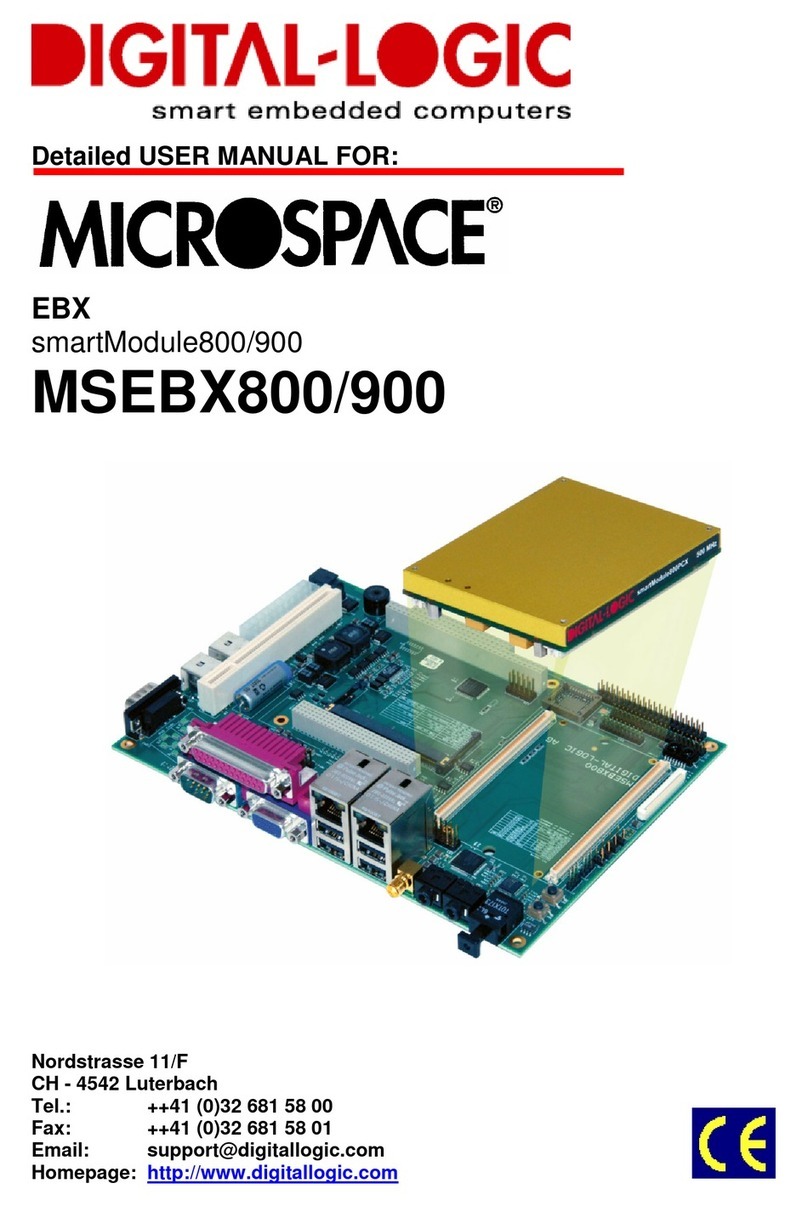
D i d o H a r d w a r e M a n u a l v . 1 . 0 . 5
5.7.3 SD/MMC Recovery..................................................................................................28
5.8 Multiplexing.....................................................................................................................28
5.9 RTC.................................................................................................................................29
6 Pinout table............................................................................................................................30
6.1 Carrier boar mating connector J1.................................................................................32
6.2 Carrier boar mating connector J2.................................................................................38
6.3 CPU mo ule mount options............................................................................................45
6.4 A itional notes...............................................................................................................46
6.4.1 EN_BCK_LS............................................................................................................46
7 Peripheral interfaces..............................................................................................................47
7.1 Digital Vi eo Output (DVO).............................................................................................47
7.1.1 VOUT0.....................................................................................................................47
7.1.2 VOUT1.....................................................................................................................48
7.2 HDMI...............................................................................................................................49
7.3 Analog SDTV out............................................................................................................50
7.4 Digital Vi eo Input ports..................................................................................................51
7.4.1 VIN0.........................................................................................................................52
7.4.2 VIN1.........................................................................................................................54
7.5 Ethernet ports.................................................................................................................55
7.5.1 EMAC_RMREFCLK................................................................................................56
7.5.2 Ethernet 10/100.......................................................................................................56
7.5.3 Gigabit EMAC..........................................................................................................57
7.6 CAN ports.......................................................................................................................58
7.6.1 DCAN0.....................................................................................................................58
7.6.2 DCAN1.....................................................................................................................58
7.7 UARTs.............................................................................................................................59
7.7.1 UART0.....................................................................................................................59
7.7.2 UART3.....................................................................................................................60
7.7.3 UART5.....................................................................................................................60
7.8 MMC/SD channels..........................................................................................................61
7.8.1 MMC/SD/SDIO0......................................................................................................61
7.8.2 MMC/SD/SDIO1......................................................................................................62
7.8.3 MMC/SD/SDIO2......................................................................................................63
7.9 USB ports........................................................................................................................63
7.9.1 USB0.......................................................................................................................63
7.9.2 USB1.......................................................................................................................64
7.9.3 USB2.......................................................................................................................64
7.9.4 Other USB signals...................................................................................................64
7.10 Touchscreen..................................................................................................................65
7.11 EEPROM.......................................................................................................................65
7.12 Keypa controller..........................................................................................................65
7.13 PCI Express..................................................................................................................66
7.14 SPI buses......................................................................................................................67
August, 2014 4/78




















